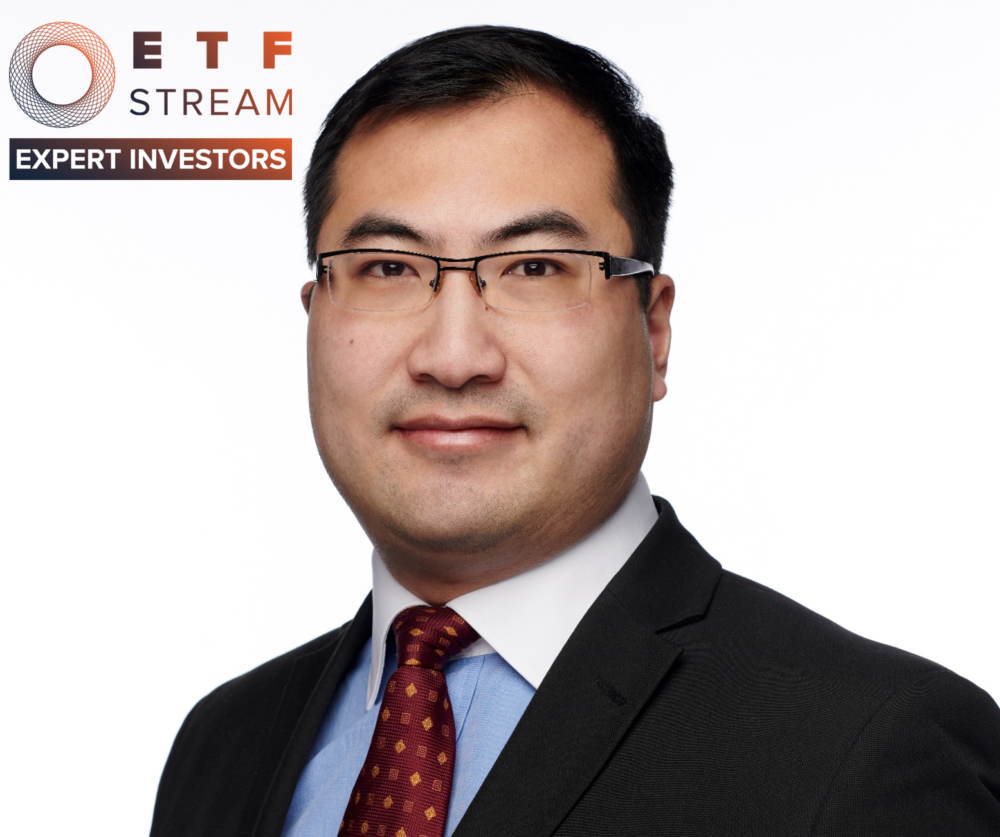Expert investors is a new series
brought to you by ETF Stream where on a fortnightly basis we interview the key individuals from across the fund selection and research space about the ETF industry.
Fund selection plays a crucial role in portfolio construction. Once the asset allocation decision has been made, these individuals need to decide how they want to be exposed, be it through a mutual fund, investment trust or ETF.
Over the years, ETFs are becoming an increasingly important part of any investors’ toolkit. This series will show how the key players across the fund selection space use ETFs in their portfolios while asking what more can be done by the ETF providers to help with this increasing adoption.
Next in the hot seat is Weixu Yan, portfolio manager and head of ETF research at Close Brothers Asset Management. Yan joined Close Brothers following the acquisition of Fortune Asset Management in 2010. He runs a number of multi-asset portfolios at the firm.
How much of your portfolio is made-up of ETFs/index funds?
As the manager of the Close Tactical Select Passive fund range, my portfolio is made-up of over 90% ETFs/index funds.
As a firm, Close Brothers Asset Management has two fund ranges that sit alongside the Close Tactical Select Passive funds; the Close Managed funds and Close Portfolio funds.
While these products primarily invest in active third party-funds and direct stocks respectively, ETFs/index funds are used for exposure in areas where the fund manager deems there is no potential to generate significant alpha.
When did you start investing in ETFs?
I have been investing in ETFs since October 2011. This is when the Close Tactical Select Passive funds launched and ETFs were used to provide exposure to certain asset classes.
Which asset classes do you tend to invest in through ETFs?
Due to investing in multi-asset funds, I invest in all asset classes through ETFs. This includes equities, fixed income, absolute return/hedge fund-like strategies and commodities.
Which areas would you avoid?
I would not necessarily avoid any areas for using ETFs as wrappers. This is because I am more focused on how well an ETF’s underlying index is constructed.
Using this process, I determine whether liquidity has been taken into account at a stock selection level, and whether there are constraints to limit a single stock position from becoming too large within an ETF.
If the index is not transparent and constraints are not clear or implemented correctly, we would avoid this type of investment. Examples would be a VIX, or other indices that do not have sufficient liquidity.
What is your methodology for selecting ETFs?
My methodology for selecting ETFs starts with fully understanding the index it aims to track. Following this, I conduct further research to determine if the ETF provider is robust and able to efficiently track the index.
In the final stages of analysis, when comparing ETFs from different providers that aim to track the same index, I will take the bid/ask spread, AUM, OCF, performance and tracking error of the ETF into account.
I do not have a strong preference when choosing between physical and synthetic instruments, as long as in-depth research has been conducted to understand both the total return swap (in the case of synthetic replication) and the stock lending policy (with respect to physical replication).
Do you have an ETF provider preference?
I evaluate and review all ETF providers on a regular basis. One of my requirements for providers is that they meet our due diligence standards. When selecting providers, of main concern is how much support the ETF business receives if it falls under a larger brand; is it a core part of their overall business strategy?
If it is an independent ETF provider, then we determine how well it is capitalised and where it is drawing its operational mid- and back-office support from. Generally, I invest with ETF providers that maintain conservative securities lending policies.
What ETF products would you like to see more of?
It tends to be difficult to find the right fixed income and alternatives ETFs which are important to capture uncorrelated returns. I would like to see more innovative and ‘smart beta’ products within fixed income.
For alternatives, I would like to see more ETFs tracking risk premia, where there is an element of shorting the markets.
Additionally, an interesting investment opportunity could be a property and infrastructure ETF reflecting the underlying asset’s risk and return profile, rather than an equity profile.
Any areas ETF providers could improve?
ETF education could definitely be improved across the industry, but the first step would be to generate more interest amongst financial advisers and ultimately investors.
ETFs are exciting and innovative products which can be extremely cost-effective for investors as part of their portfolios. Effectively getting this message across should be a priority for providers.
Expert investors is a new series brought to you by ETF Stream where on a fortnightly basis we interview the key individuals from across the fund selection and research space about the ETF industry.
To read the previous edition of Expert Investors with Justin Onuekwusi of Legal & General Investment Management (LGIM), click here.



